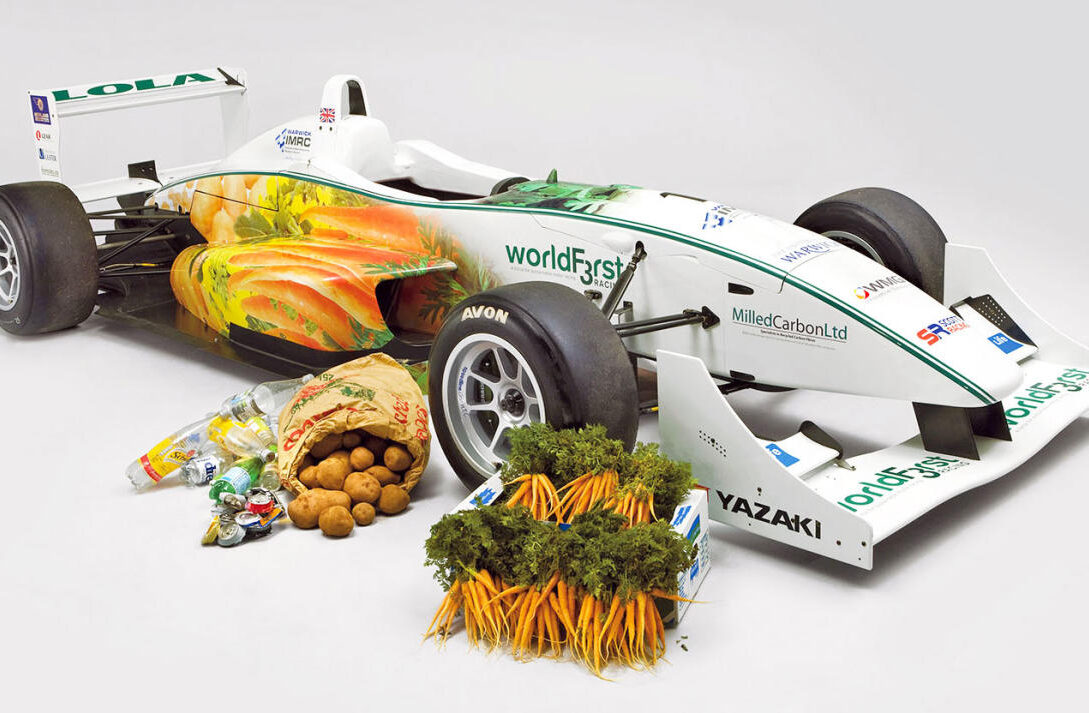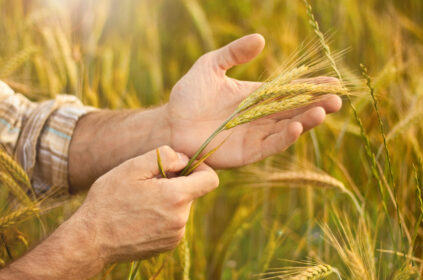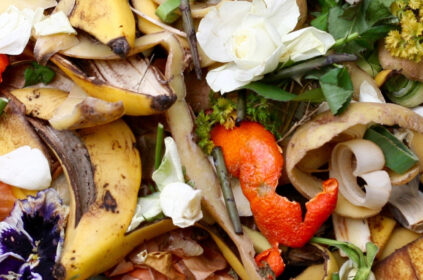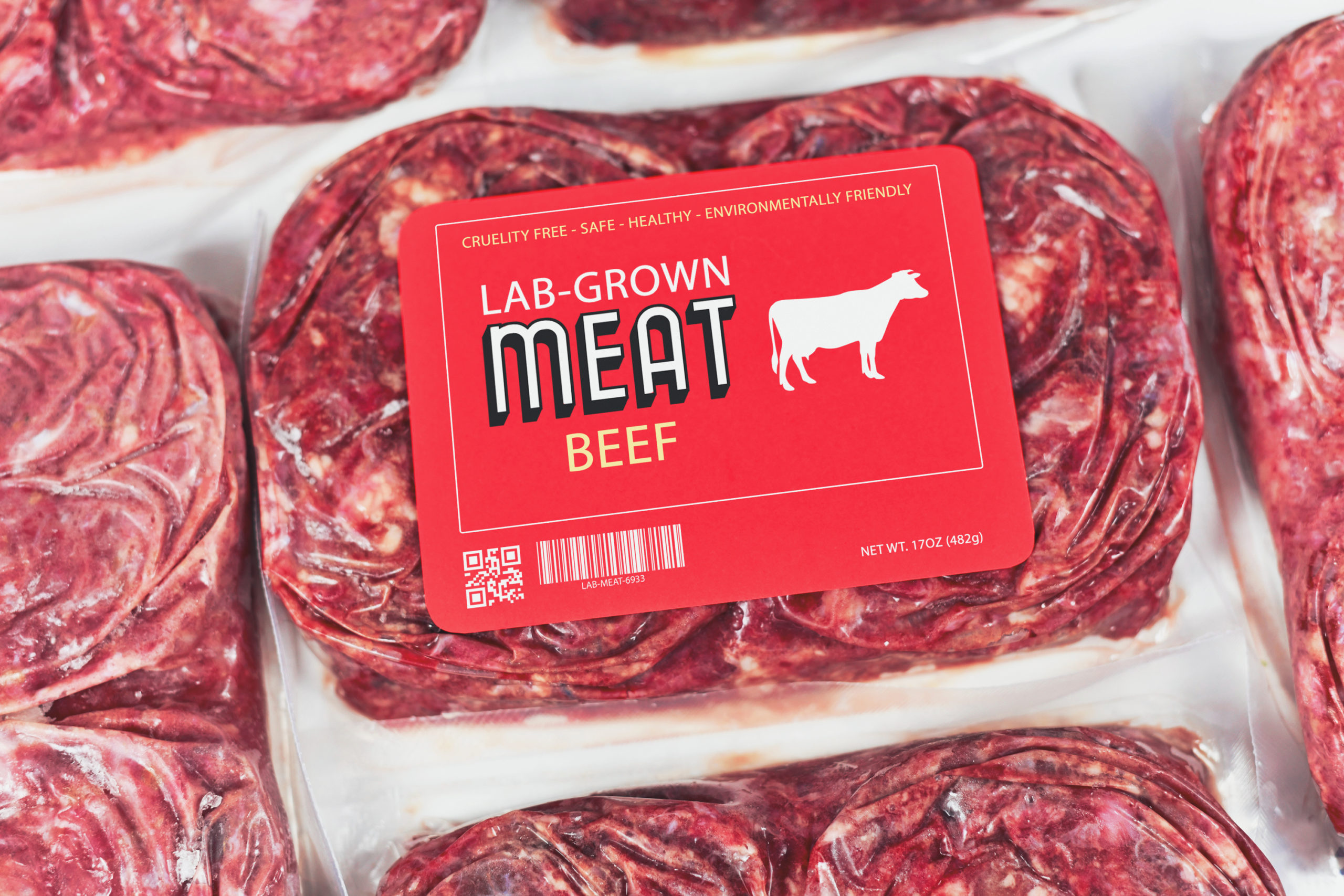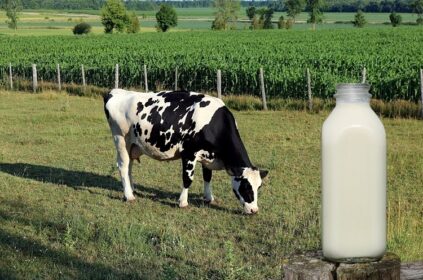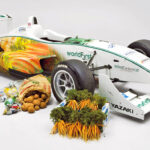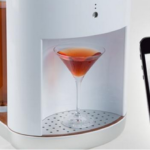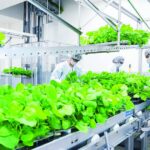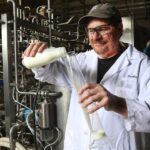European Union has announced a law to ban the sale of new gasoline and diesel cars from 2035 onwards. Other places are expected to follow the example. What alternatives do we have? How about a car fueled by waste?
We will certainly need means of transport. Electric cars are already widespread, but there is another option that is almost forgotten: food, in fact, fueled by waste. After all, it makes no sense to pawn food in car tanks while people are starving, right?
Chocolate
Andy Pag drove a vehicle from England to Africa fueled by chocolate. Ok, not exactly chocolate as we eat it, but cocoa butter donated by a chocolate factory. The butter in question comes from defective batches of chocolate in production, it would become discarded if it was not transformed in fuel.
Spent cooking oil
The same Andy Pag, from the chocolate example above, also drove to Greece in a vehicle fueled with used cooking oil donated by restaurants.
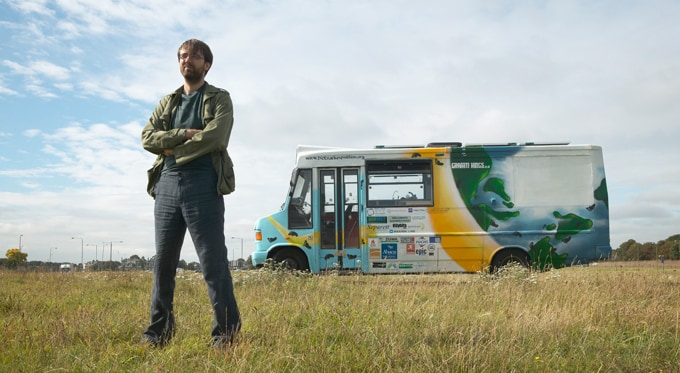
Coffee grounds
Few know that used coffee biodiesel is comparable to the best biodiesel on the market. The English startup Bio-Bean specializes in turning leftover coffee into biodiesel and other biochemical compounds. And since we love talking about coffee upcycling, if you want to know other amazing initiatives made with coffee residues, check here, here, here and if you still have quenched your thirst for coffee, there’s a lot more here.
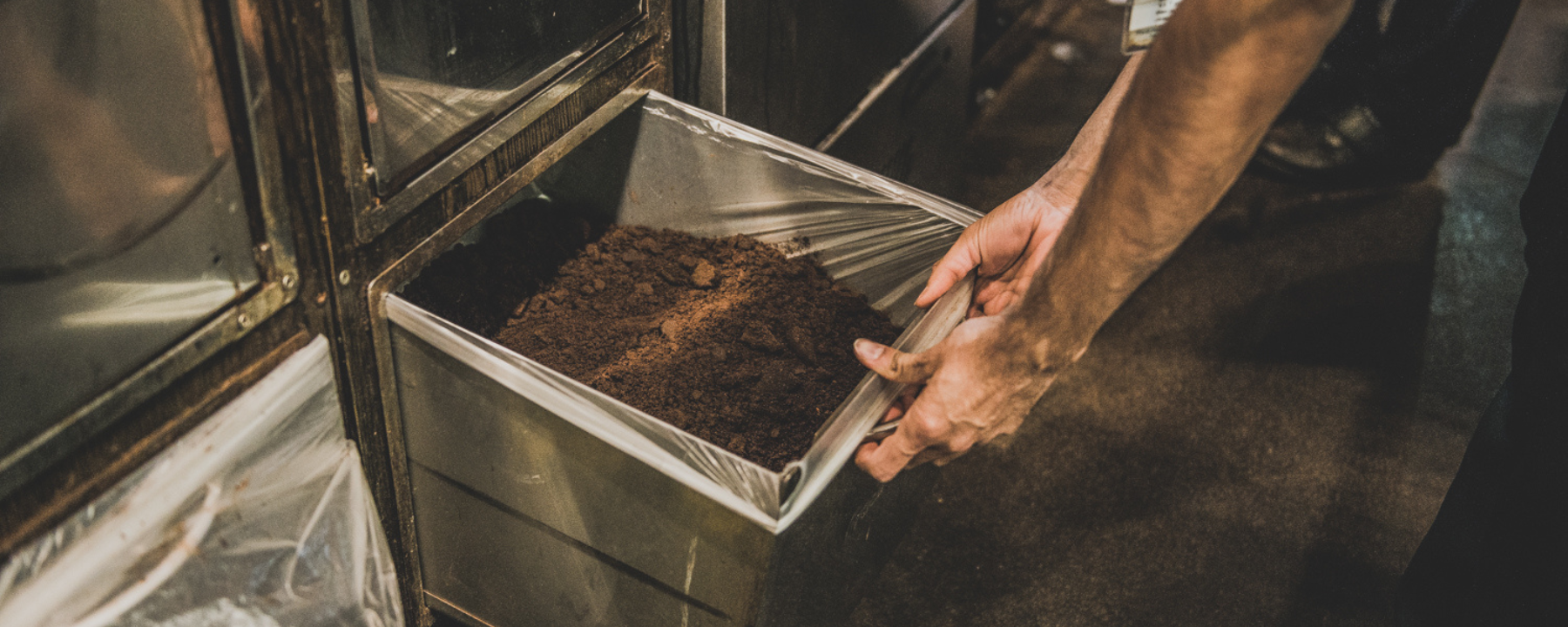
Expired food
British supermarket chain Waitrose uses expired food to fuel its delivery trucks.

Mushroom
Researchers at the National University of Singapore found that the mushroom harvesting process naturally created bacteria capable of transforming cellulose into biobutanol. Its performance is similar to that of gasoline when in use, which means that a car powered by waste using this fuel does not need expensive structural and mechanical modifications. It is likely that the bacterium is compatible with several different waste products, which opens up the range of possibilities for upcycling agro-industrial waste.
Article originally written on 17/06/2017, edited and published on 16/01/2023.
Sources: Fine Dining Lovers, BBC, Event Marketer, PSFK, The Food Rush, Cool Business Ideas, Springwise, Reuters

